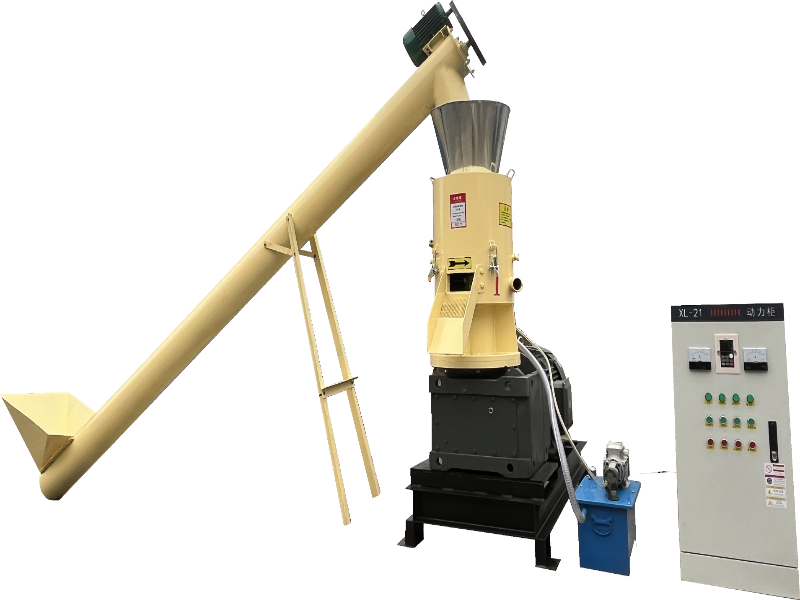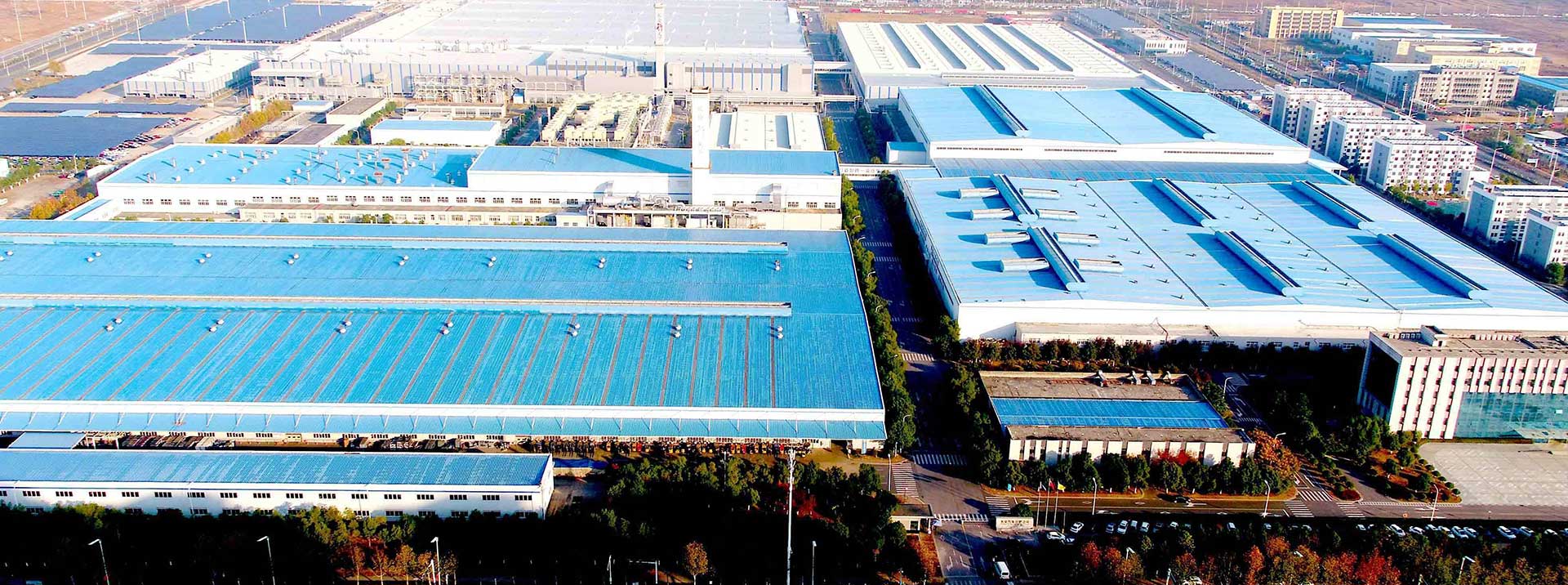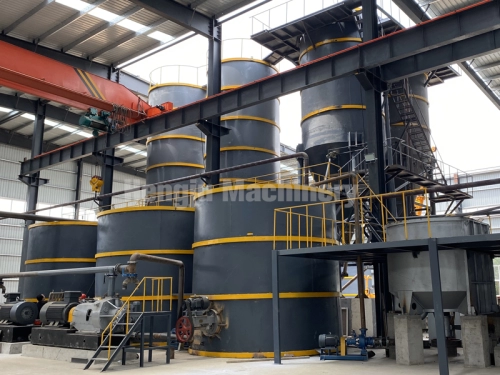What are the power requirements for different granulators, and how do they fit into my facility's power grid?
When choosing a granulator, it is crucial to understand the power requirements of different equipment. This not only affects the normal operation of the equipment, but also determines whether it can adapt to the existing power grid configuration of the factory.

1. Power requirements of different types of granulators
Flat die granulator is mainly suitable for small and medium-sized pellet production. Its design is simple and the power demand is relatively low, which is suitable for smaller production scales. The power range is generally 7.5 kW to 22 kW.
Ring die granulator has a large power and is often used for industrial-grade large-scale pellet production, especially in the production of high-strength materials such as wood chips and biomass. The power range is generally 37 kW to 250 kW or higher, depending on production capacity and material hardness.
2. The impact of power requirements on the factory power grid
The power demand of the granulators directly affects the carrying capacity of the factory power grid. Therefore, before introducing the equipment, it is necessary to ensure that the power grid system can withstand its power demand to avoid voltage instability or frequent tripping.
The total grid capacity of the factory must be greater than the total power demand of all equipment. Taking the ring die granulator as an example, if the power demand is 150 kW, the total grid capacity of the factory must be at least 300 kW to prevent overload during equipment operation.
Grid stability is crucial for high-power granulators. The starting current of equipment such as the ring die granulator is large, and the grid must have sufficient load capacity and buffer space, otherwise it may cause short-term voltage fluctuations or equipment startup failure.
3. How to adapt the granulators to the factory grid
Evaluate the existing grid conditions Before purchasing a granulator, first evaluate the total capacity, load distribution and voltage stability of the existing grid. If the grid capacity is insufficient, it may be necessary to expand or upgrade the grid.
For high-power granulators, consider using a frequency converter to control the starting current to avoid instantaneous excessive current impacting the factory grid. This can not only reduce the pressure on the grid, but also improve the working efficiency of the equipment.
If there are multiple high-power devices in the factory, the pressure of simultaneous loads can be reduced by time-sharing operation. By reasonably arranging the operating time of each device, the load of the grid can be effectively balanced to avoid grid overload.
To ensure production continuity, especially in areas with unstable power supply, you can consider installing a backup power system, such as a diesel generator or an uninterruptible power supply (UPS), to cope with sudden power outages.
If you are still unsure about how to choose a granulator after reading the above article, you can choose to contact Hengju Machinery. Our professional engineers will give professional solutions in terms of machine power and plant power. Hengju Machinery also provides equipment customization services and can manufacture granulators according to your specific needs. Please feel free to contact Hengju Machinery.
Copyright: Copyright belongs to Hengju Machinery! Reprint please indicate the source: https://www.hengjumachinery.com/industry-news/what-are-the-power-requirements-for-different-granulators-and-how-do-they-fit-into-my-facilitys-power-grid.html










